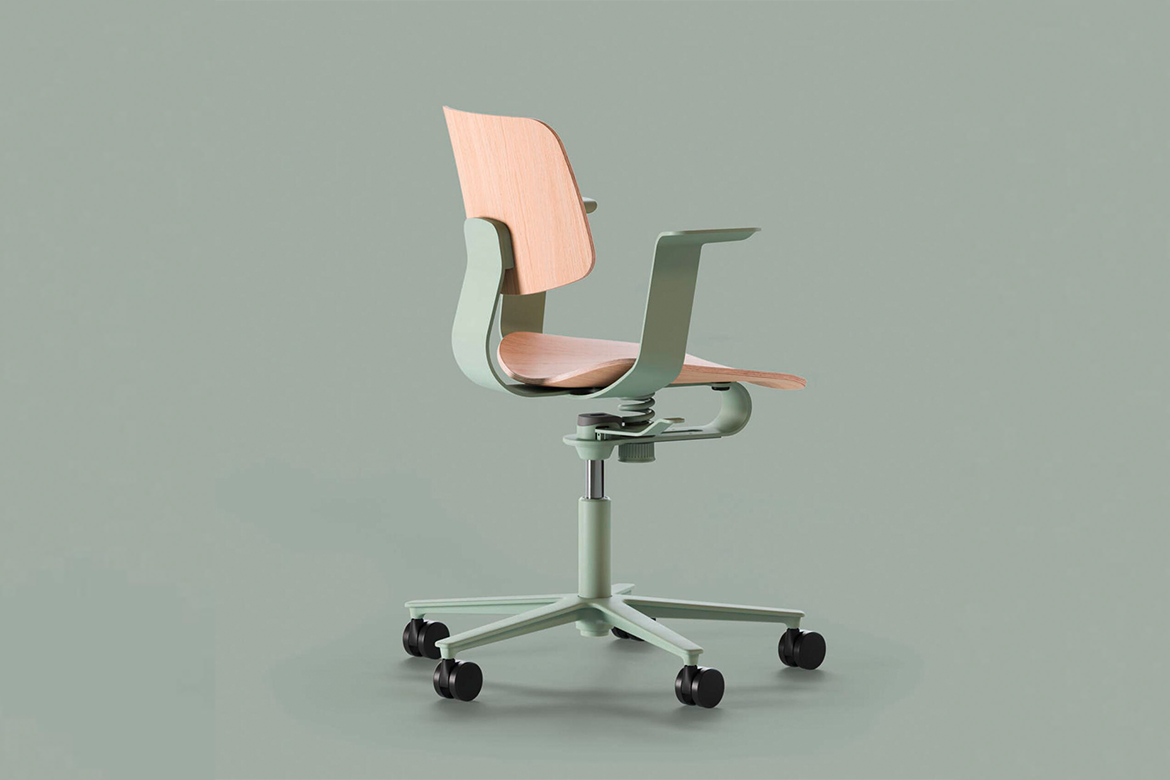Make the most of the sink cabinet with BLANCO’s waste separation systems for every type of installation.

November 29th, 2021
The sink is the busiest zone in the kitchen, and it’s where food preparation, post-cooking cleaning and general cleaning are done. Yet in most homes, the sink cabinet is often under-utilised. With a proper organisation system, the sink cabinet can be best used depending on individual household needs.
BLANCO’s waste separation systems offer flexibility for organising. Because the sink area is where trash is often stored before being cleared out at the end of the day, the sink cabinet is the perfect spot for organising waste. The flexible bin divisions separate recyclables and general trash effectively. There’s even the option of a dedicated organic waste bin that can easily go into the compost bin.
Alternatively, the sink cabinet can be a place for crockery and kitchen utensils. Another popular use, of course, is the storage of cleaning supplies. But with a compact, well-designed waste management system, the sink cabinet space can be utilised for any purpose optimally.
For example, the BLANCO BOTTON waste separation system comes in different models to fit with the respective widths of the sink cabinet. It is designed for full extension and the bins can be comfortably removed by lifting upwards. Best of all, the system is almost invisible from the outside.

Another option is the BLANCO SINGOLO XL that mounts directly on the cabinet door. Its name alludes to its large waste volume – despite its compact dimensions – for base cabinets that are wider than 30cm. The lid then conveniently opens with the cabinet door and like the BLANCO BOTTON, the bin can be easily removed by lifting upwards.

For kitchens with fully pull-out units, the BLANCO FLEXON II waste separation system is an ideal fit. The range offers waste bins in different sizes for flexible customisation and can be placed alongside one another to save space. For additional storage space within the drawer unit, an extra level can be installed above the system.

Systematic kitchen organisation is possible with BLANCO’s waste separation systems for every type of installation. These systems are fitted with a sturdy, high-quality frame for convenient, safe and comfortable use daily. The bins are made of high-quality plastic and are easy to clean. Most importantly with the systems, waste bins are kept out of sight. No more messy bins on the kitchen counter, on the floor or in the sink. The kitchen will always look neat, clean and elegant just the way the user intended it.

INDESIGN is on instagram
Follow @indesignlive
A searchable and comprehensive guide for specifying leading products and their suppliers
Keep up to date with the latest and greatest from our industry BFF's!

For those who appreciate form as much as function, Gaggenau’s latest induction innovation delivers sculpted precision and effortless flexibility, disappearing seamlessly into the surface when not in use.

From the spark of an idea on the page to the launch of new pieces in a showroom is a journey every aspiring industrial and furnishing designer imagines making.

At the Munarra Centre for Regional Excellence on Yorta Yorta Country in Victoria, ARM Architecture and Milliken use PrintWorks™ technology to translate First Nations narratives into a layered, community-led floorscape.

In an industry where design intent is often diluted by value management and procurement pressures, Klaro Industrial Design positions manufacturing as a creative ally – allowing commercial interior designers to deliver unique pieces aligned to the project’s original vision.

For those who appreciate form as much as function, Gaggenau’s latest induction innovation delivers sculpted precision and effortless flexibility, disappearing seamlessly into the surface when not in use.

Luchetti Krelle’s timeless design at Epula marries heritage grandeur with classic sophistication, celebrating the spirit of a European piazza whilst remaining unmistakably of its place.

With its new Series 8 Ovens, Bosch leverages the intuitive appeal of quiet efficiency to address the most pressing challenge of a modern home chef: making healthy cooking not only delicious but quick, effortless and inspired.

With the new Tangram collection for Cesar, García Cumini introduces a timeless system of delightfully winding volumes, artfully concealed functionality and sculptural compositions that move beyond rigid angularity to redefine the social heart of the home with intuitive flow.
The internet never sleeps! Here's the stuff you might have missed

At the National Wool Museum, a new exhibition traces the evolution of Godfrey Hirst and its long-standing role in shaping Geelong’s industrial and design identity.

True sustainability doesn’t have to be complicated. As Wilkhahn demonstrate with their newest commercial furniture range.